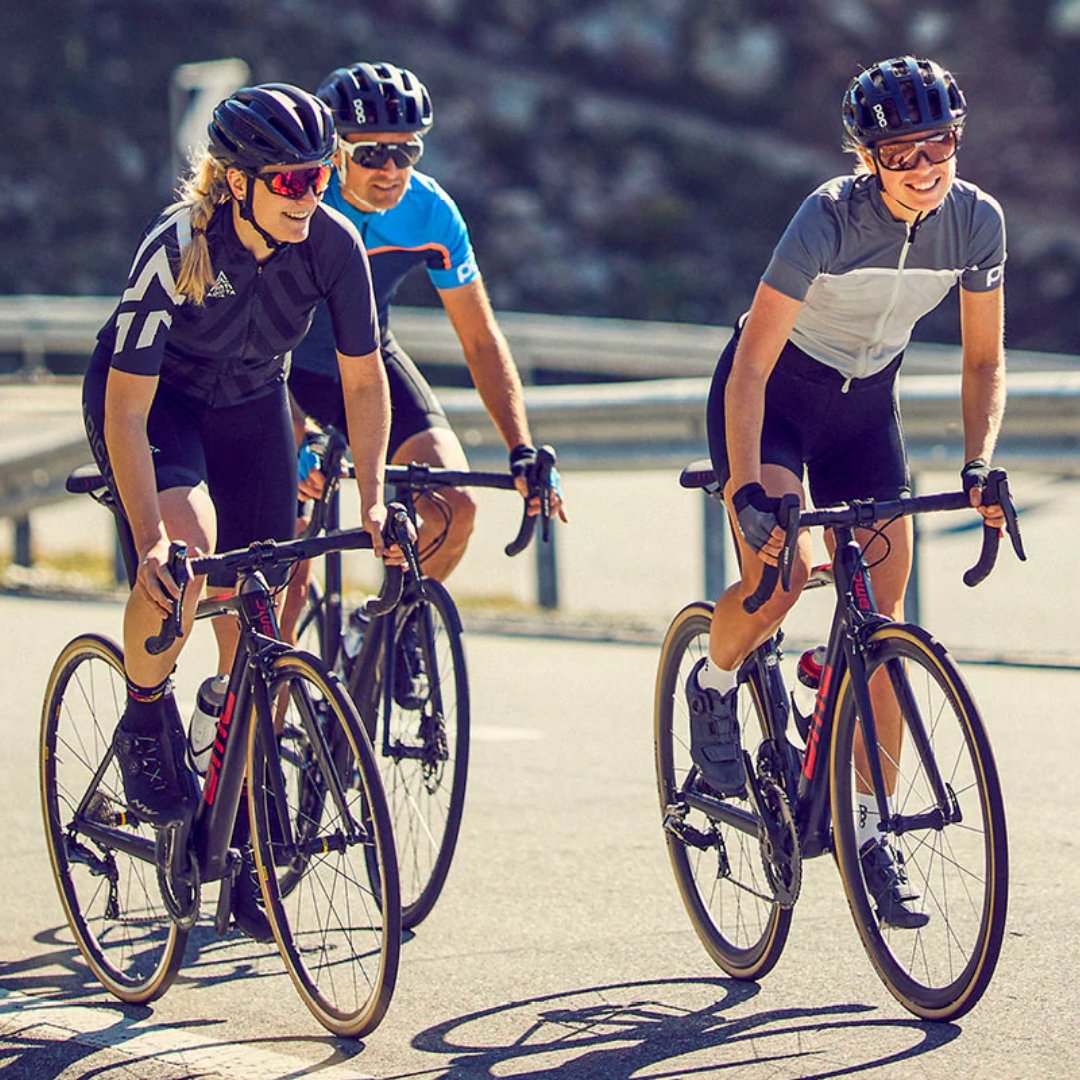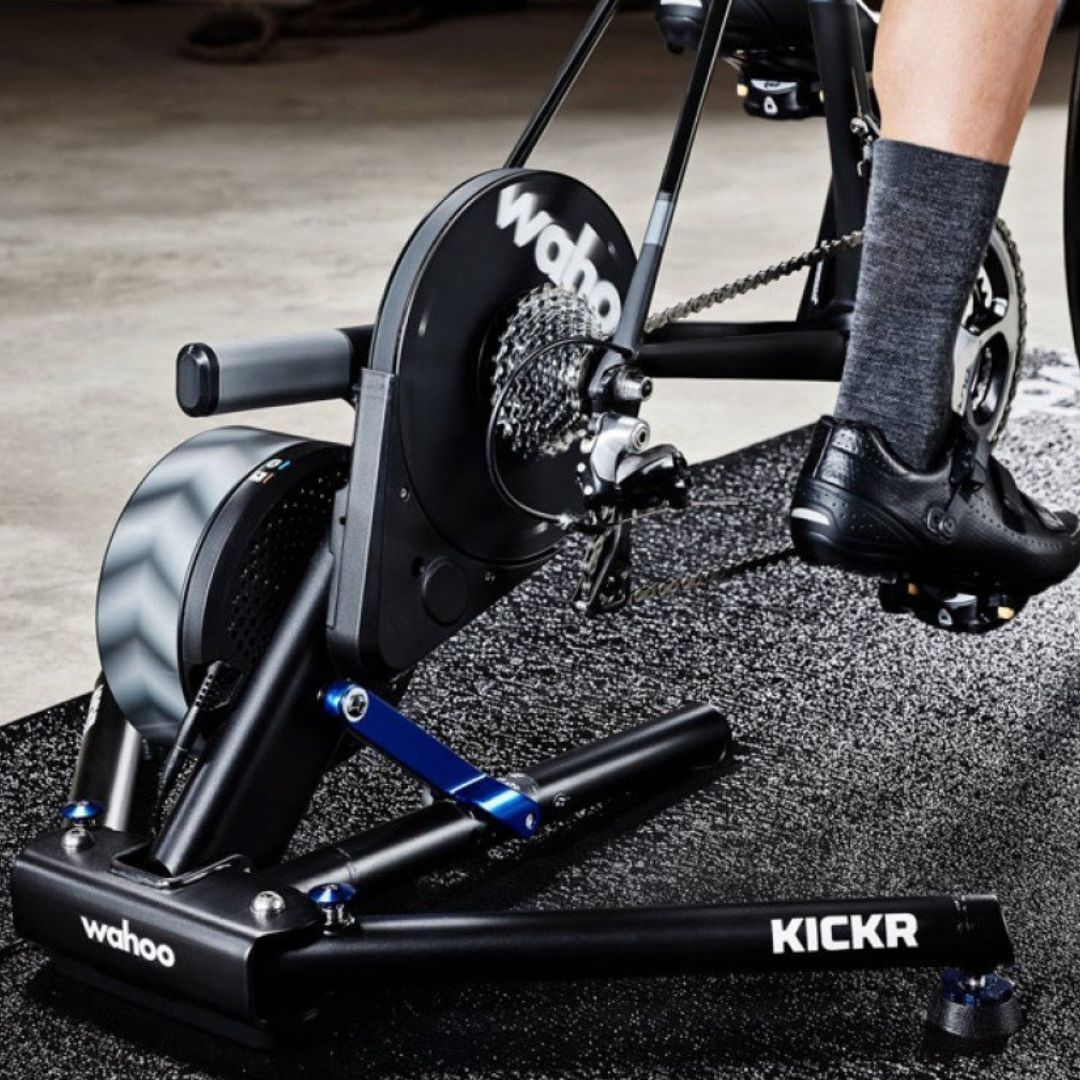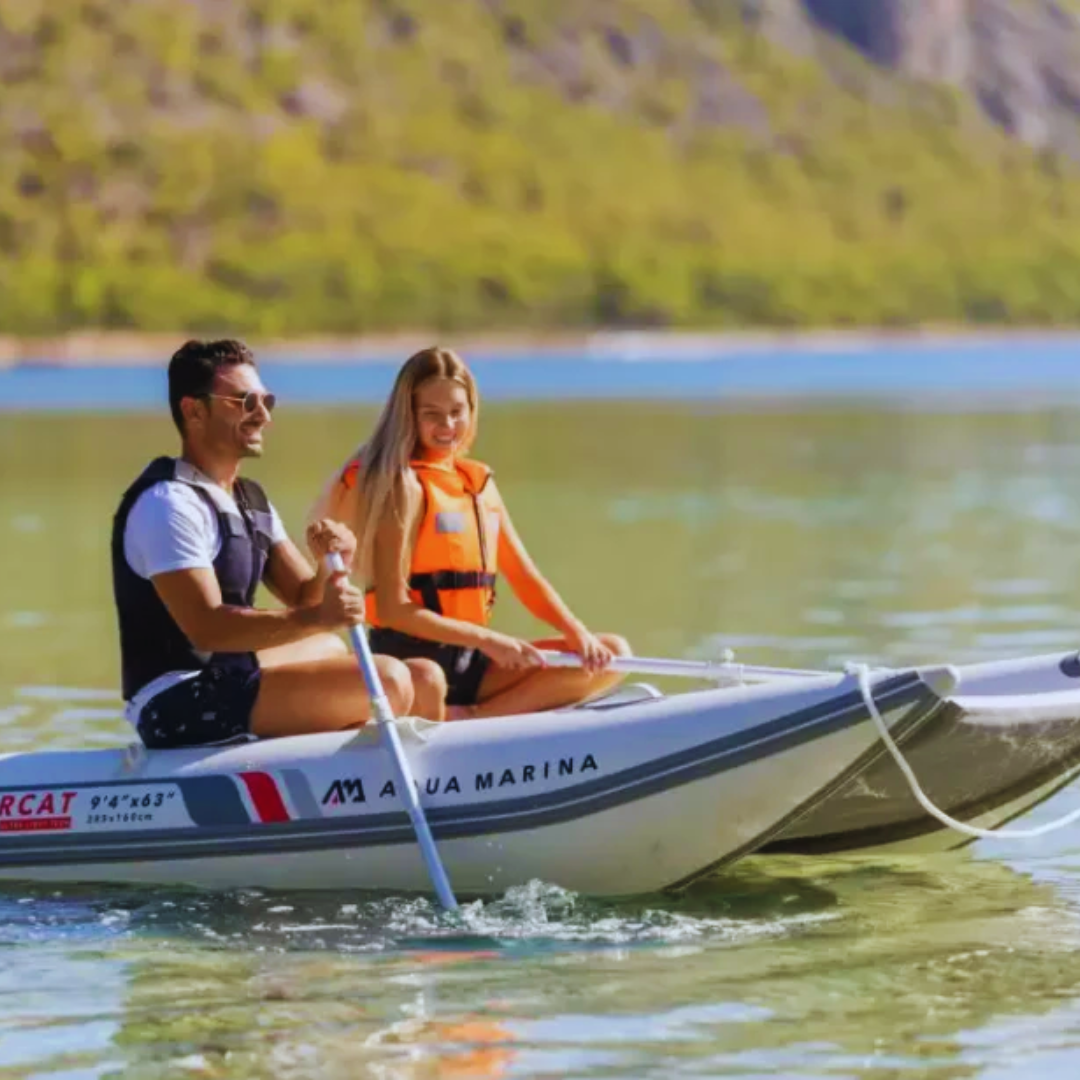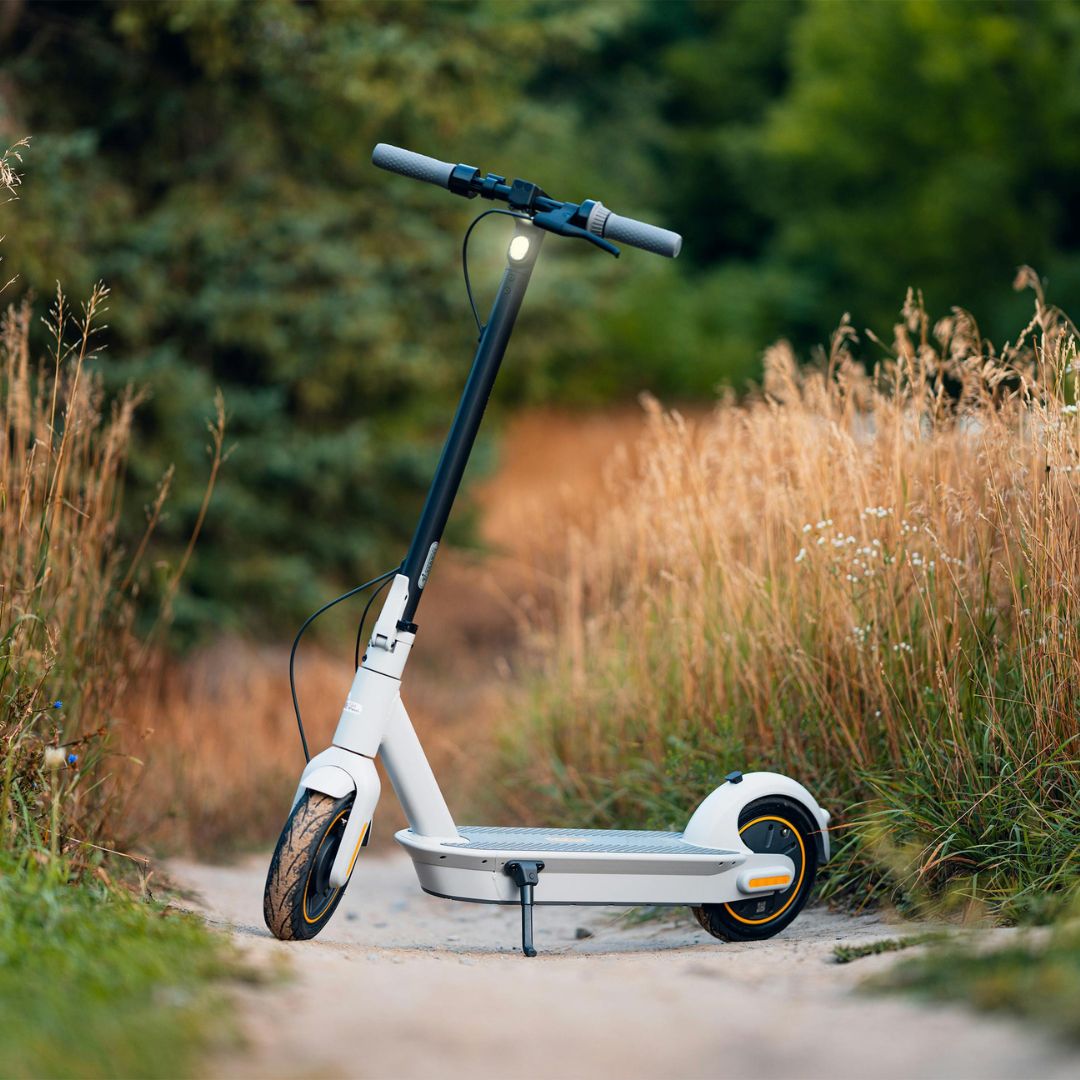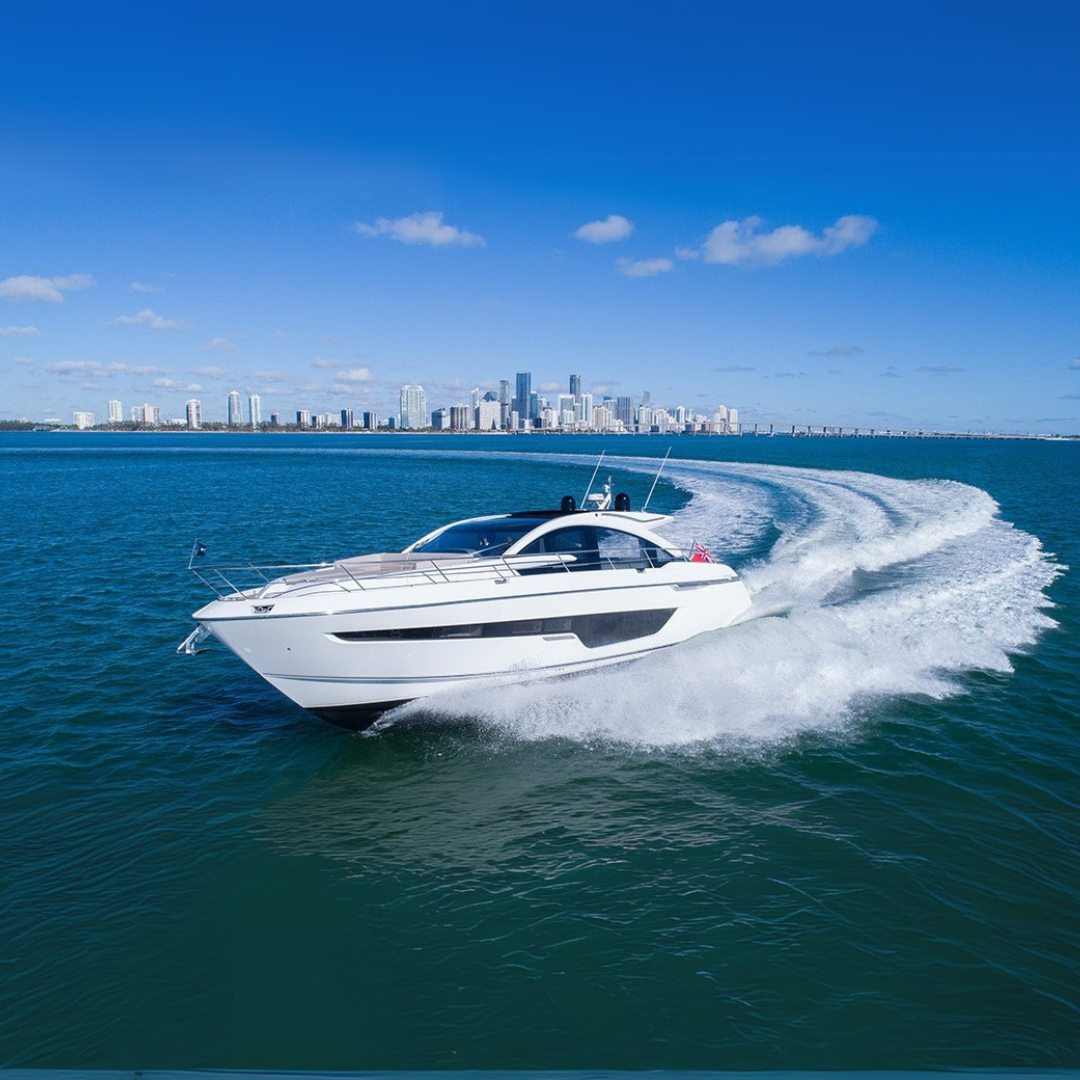Kayak vs. Paddle Board: Which Water Adventure is Right for You?
If you love water adventures, you've probably considered trying out both kayaking and paddleboarding. Both activities offer unique experiences and benefits, but which one is right for you? Let's dive into the details and compare kayaking and paddleboarding to help you make an informed choice.

1. Experience Level and Learning Curve
Kayak: Kayaking is generally easier to pick up for beginners. The seated position provides stability, and basic paddling techniques can be mastered quickly. There are different types of kayaks, such as recreational, touring, and white-water, each designed for varying skill levels and water conditions.
Paddle Board: Stand-up paddleboarding (SUP) has a steeper learning curve, particularly when it comes to balance. Beginners might find it challenging to stay upright initially. However, once you get the hang of balancing and paddling simultaneously, SUP can be very rewarding. Paddleboards come in different styles too, such as all-around, touring, and racing, catering to different activities and skill levels.

2. Physical Workout
Kayak: Kayaking primarily engages your upper body muscles, including your arms, shoulders, and back. It also provides a good core workout, as you need to stabilize your torso with each paddle stroke. Depending on the intensity and duration of your kayaking session, it can range from a moderate to a vigorous workout.
Paddle Board: Paddleboarding offers a full-body workout. Balancing on the board activates your core and leg muscles, while paddling works your upper body. SUP can be particularly beneficial for improving balance and coordination. Plus, it can be as relaxing or intense as you want it to be, making it a versatile exercise option.

3. Versatility and Accessibility
Kayak: Kayaks are versatile and can be used in various water environments, including lakes, rivers, and oceans. They are particularly suited for long-distance paddling and exploring, as they offer storage compartments for gear. Kayaking is also a popular choice for fishing, with specialized kayaks designed for anglers.
Paddle Board: Paddleboards are incredibly versatile as well. They are ideal for calm waters like lakes and slow-moving rivers, but more advanced paddlers can take on ocean waves. SUPs are great for yoga enthusiasts, as the wide, stable surface allows for performing yoga poses on water. Additionally, paddleboarding can be a fun social activity, as you can easily paddle alongside friends and family.

4. Equipment and Transport
Kayak: Kayaks can be bulky and require roof racks or trailers for transport. However, there are inflatable kayaks available that are easier to carry and store. When it comes to equipment, you'll need a paddle, a life jacket, and possibly a spray skirt to keep water out.
Paddle Board: Paddleboards, particularly inflatable ones, are relatively easy to transport and store. They typically come with a pump and a carry bag. In addition to the board and paddle, you'll need a life jacket and a leash to keep the board attached to you in case you fall off.
5. Cost
Kayak: The cost of kayaks varies widely based on type and quality. Recreational kayaks are generally more affordable, while specialized kayaks for touring or fishing can be more expensive. Don't forget to factor in the cost of accessories like paddles and life jackets.
Paddle Board: Paddleboards also come in a range of prices, with inflatable boards typically being more affordable than hardboards. High-quality SUPs can be quite expensive, especially those designed for racing or touring. Like kayaking, you'll need to budget for accessories such as paddles, life jackets, and leashes.


